Home>Gardening & Outdoor>Landscaping Ideas>How To Dethatch Grass
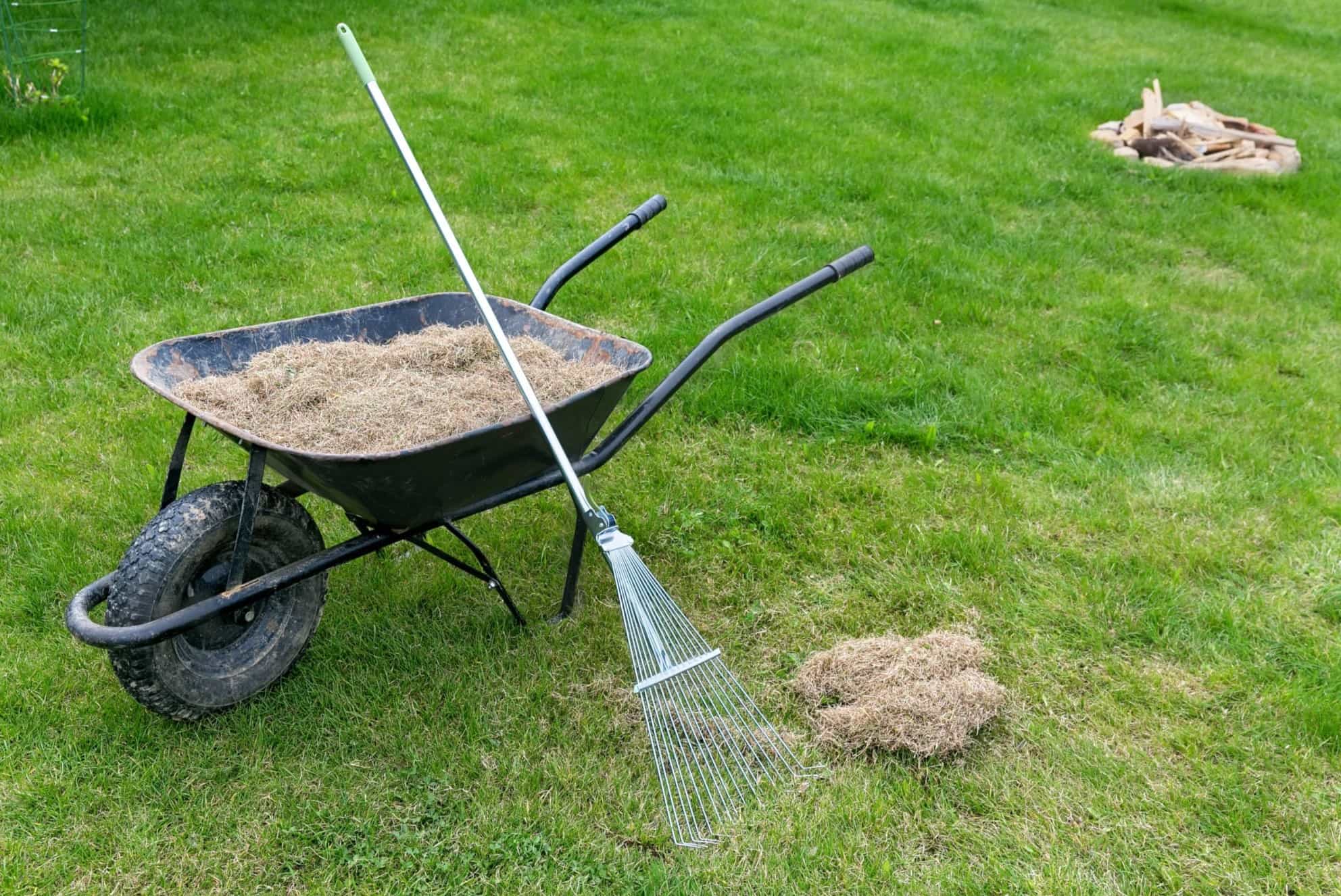

Landscaping Ideas
How To Dethatch Grass
Modified: October 19, 2024
Learn effective landscaping ideas for dethatching grass and improving your lawn's health. Discover step-by-step techniques for a lush, green yard.
(Many of the links in this article redirect to a specific reviewed product. Your purchase of these products through affiliate links helps to generate commission for Storables.com, at no extra cost. Learn more)
Introduction
Introduction
Welcome to the world of lush, green lawns and vibrant landscapes! As a homeowner or landscaping enthusiast, you understand the importance of maintaining a healthy and beautiful lawn. However, even with regular mowing, watering, and fertilizing, your lawn may still encounter a common issue known as thatch buildup. In this comprehensive guide, we will explore the process of dethatching grass, a crucial aspect of lawn care that often goes overlooked.
Thatch buildup can hinder the health and aesthetic appeal of your lawn, but fear not! With the right knowledge and tools, you can effectively address this issue and restore your lawn to its full glory. Whether you're a seasoned gardener or a novice enthusiast, learning how to dethatch grass is a valuable skill that can elevate the overall health and appearance of your outdoor space.
Join us as we delve into the world of thatch, uncover the signs of excessive buildup, explore the essential tools needed for dethatching, and walk through the step-by-step process of rejuvenating your lawn. By the end of this guide, you'll be equipped with the knowledge and confidence to tackle thatch buildup and elevate your lawn care routine to new heights. Let's embark on this journey to transform your lawn into a vibrant and thriving oasis!
What is Thatch?
Key Takeaways:
- Dethatching your lawn promotes healthy growth, prevents pests and diseases, and enhances the overall appearance of your grass, creating a vibrant and resilient outdoor oasis.
- By dethatching your lawn and implementing aftercare practices, you can nurture lush, vibrant grass that elevates the beauty of your outdoor space, showcasing the enduring rewards of dedicated lawn care.
Read more: What To Do With Dethatched Grass
What is Thatch?
Thatch is a natural layer of organic matter that accumulates on the surface of the soil in lawns, composed of dead grass, roots, and other debris. This layer forms as a result of the natural growth and decomposition of grass and plant material. While a thin layer of thatch can actually benefit the lawn by providing insulation and protection, excessive thatch buildup can lead to a range of issues that affect the overall health of the grass.
Thatch develops when the rate of organic debris production exceeds the rate of decomposition. Factors such as infrequent dethatching, over-fertilization, and excessive watering can contribute to the accumulation of thatch. This layer can prevent essential nutrients, water, and air from reaching the soil and grassroots, impeding the healthy growth of the lawn.
It’s important to note that a thin layer of thatch, approximately half an inch or less, can offer insulation and protection to the soil, helping to regulate temperature and moisture levels. However, when thatch exceeds this thickness, it can become a breeding ground for pests and diseases while hindering the overall vigor of the lawn.
Understanding the nature of thatch is essential for maintaining a thriving lawn. By recognizing the impact of thatch on the health of your grass, you can take proactive steps to address any excessive buildup and promote a vibrant and resilient lawn.
Why Dethatch Grass?
Why Dethatch Grass?
Dethatching grass is a critical aspect of lawn maintenance that directly impacts the overall health and appearance of your lawn. While a certain amount of thatch can be beneficial, excessive buildup can lead to a host of issues that compromise the vitality of the grass and soil. Understanding the reasons for dethatching grass is essential for preserving the lushness and resilience of your lawn.
Promotes Healthy Growth: Excessive thatch can create a barrier that inhibits the penetration of essential nutrients, water, and air into the soil. By dethatching the lawn, you can facilitate the unhindered flow of these vital elements, promoting healthy root development and robust grass growth.
Prevents Pest and Disease: Thick thatch provides an ideal environment for pests, such as insects and rodents, to thrive. Additionally, it can harbor fungal diseases that pose a threat to the overall well-being of the lawn. Dethatching helps mitigate these risks by removing the excessive organic matter that fosters pest infestations and disease development.
Enhances Water Absorption: A thatch layer that is too thick can impede the absorption of water into the soil, leading to surface runoff and water wastage. Dethatching allows water to penetrate the soil more effectively, promoting efficient moisture absorption and reducing the risk of water-related issues, such as erosion and uneven hydration.
Improves Aeration: Proper aeration is essential for the health of the grassroots and soil. Excessive thatch restricts the flow of air into the soil, hindering aeration. Dethatching promotes better air circulation, creating an optimal environment for microbial activity and nutrient uptake.
Enhances Overall Appearance: A thatch-free lawn not only ensures the health of the grass but also enhances the visual appeal of the landscape. Dethatching can rejuvenate the lawn, resulting in a lush, vibrant, and well-manicured expanse of greenery that elevates the aesthetic charm of your outdoor space.
By understanding the importance of dethatching grass, you can proactively address thatch buildup and foster a resilient, thriving lawn that becomes the envy of the neighborhood. With the right approach and care, you can transform your lawn into a verdant oasis that exudes vitality and beauty.
Signs of Excessive Thatch
Signs of Excessive Thatch
Recognizing the signs of excessive thatch buildup is crucial for maintaining a healthy lawn. By identifying these indicators, you can take proactive steps to address the issue before it impacts the overall vitality and appearance of your grass. Here are some common signs that may signal the presence of excessive thatch in your lawn:
- Reduced Water Absorption: If you notice that water tends to pool on the surface of your lawn rather than being absorbed into the soil, it could be a sign of excessive thatch. This impediment to water absorption can lead to uneven hydration and potential water-related issues.
- Poor Aeration: Grass roots require proper aeration to thrive, and excessive thatch can hinder the flow of air into the soil. If your lawn exhibits signs of poor aeration, such as compacted soil and slow grassroots growth, it may indicate a thatch-related issue.
- Presence of Pests: Thick thatch provides a conducive environment for pests, such as insects and rodents, to nest and thrive. If you notice an increase in pest activity or damage to the grass, it could be a sign of excessive thatch buildup.
- Difficulty Penetrating the Soil: When attempting to insert a screwdriver or similar tool into the soil, encountering resistance may indicate the presence of a thick thatch layer that inhibits penetration. This test can help assess the depth of thatch and the need for dethatching.
- Uneven Grass Growth: Excessive thatch can disrupt the healthy growth of grass, leading to uneven patches and stunted development. If certain areas of your lawn exhibit slower growth or appear less vibrant than others, it may be attributed to thatch-related issues.
- Surface Runoff and Erosion: A thatch layer that is too thick can impede water absorption, resulting in surface runoff and erosion. If you notice excessive runoff during watering or heavy rainfall, it may indicate thatch-related challenges.
By remaining vigilant and observant, you can identify these signs of excessive thatch and take timely action to address the issue. Dethatching your lawn at the right time can prevent these issues from escalating and ensure the continued health and vitality of your grass.
Tools and Equipment Needed
Tip: Use a dethatching rake or power dethatcher to remove built-up thatch from your lawn. Work in a crisscross pattern to thoroughly remove the dead grass and debris.
Tools and Equipment Needed
Before embarking on the dethatching process, it’s essential to gather the necessary tools and equipment to ensure a smooth and effective operation. Here are the key items you’ll need to dethatch your lawn:
- Dethatching Rake or Dethatcher: A dethatching rake or dethatcher is a specialized tool designed to remove thatch from the lawn. These tools feature sharp blades or tines that penetrate the thatch layer, loosening and lifting the organic debris for removal. Manual dethatching rakes are suitable for smaller lawns, while powered dethatchers are ideal for larger areas.
- Lawn Mower: A lawn mower with a dethatching blade attachment can be used to dethatch smaller lawns. This attachment allows the mower to simultaneously cut the grass and remove thatch, streamlining the dethatching process.
- Rake and Leaf Blower: A standard rake and a leaf blower can be utilized to gather and remove the loosened thatch after dethatching. These tools help clear the lawn of debris, preparing it for the next steps in the maintenance process.
- Watering Hose and Sprinkler: After dethatching, it’s essential to water the lawn to promote recovery and growth. A watering hose and sprinkler system can ensure that the soil and grassroots receive adequate hydration following the dethatching process.
- Soil Aerator: While not mandatory for dethatching, a soil aerator can be beneficial for improving soil compaction and enhancing aeration after the removal of thatch. This tool helps create channels in the soil, facilitating the flow of air, water, and nutrients to the grassroots.
- Grass Seed and Fertilizer: Following dethatching, it’s advisable to overseed the lawn to promote new growth and fill in any bare or thin patches. Additionally, applying a balanced fertilizer can provide essential nutrients to support the recovery and vigor of the grass.
By ensuring that you have the appropriate tools and equipment on hand, you can streamline the dethatching process and set the stage for the rejuvenation of your lawn. With these essential items at your disposal, you’re ready to embark on the journey to dethatch and revitalize your outdoor oasis.
Steps for Dethatching Grass
Read more: When To Dethatch Bermuda Grass In Texas
Steps for Dethatching Grass
Dethatching your lawn is a multi-step process that requires careful planning and execution to achieve optimal results. By following these steps, you can effectively dethatch your grass and pave the way for a healthier, more vibrant lawn:
- Assess the Thatch Thickness: Before initiating the dethatching process, assess the thickness of the thatch layer. This can be done by inserting a screwdriver or similar tool into the soil to gauge the depth of the thatch. If the thatch layer exceeds half an inch in thickness, dethatching is recommended.
- Choose the Right Time: Dethatching is best performed during the active growing season of the grass when it has the capacity to recover and fill in any bare areas. Spring and early fall are generally optimal times for dethatching, as the weather is conducive to grass growth and recovery.
- Prepare the Lawn: Mow the grass to a shorter length than usual to expose the thatch layer and facilitate the dethatching process. Clear the lawn of any debris, such as twigs and leaves, to ensure unobstructed access for the dethatching equipment.
- Dethatch the Lawn: Utilize a dethatching rake, dethatcher, or dethatching blade attachment on a lawn mower to remove the thatch from the lawn. Work methodically across the entire lawn, ensuring that the thatch is thoroughly loosened and lifted for subsequent removal.
- Cleanup and Removal: Once the thatch has been loosened, use a standard rake or leaf blower to gather and remove the debris from the lawn. Clearing the lawn of the loosened thatch is essential to prevent it from impeding the recovery and growth of the grass.
- Water and Fertilize: After dethatching, water the lawn to promote recovery and encourage new growth. Additionally, apply a balanced fertilizer to provide essential nutrients that support the revitalization of the grass. Overseeding can also be performed at this stage to fill in any bare patches.
- Maintain Adequate Moisture: Ensure that the lawn receives consistent moisture in the days following dethatching. Proper hydration is crucial for the recovery of the grass and the establishment of new growth. Monitor the soil moisture levels and adjust watering as needed.
By diligently following these steps, you can navigate the dethatching process with confidence and precision, setting the stage for a revitalized and resilient lawn. With the right approach and care, your grass will flourish and thrive, showcasing its natural beauty and vigor.
Aftercare and Maintenance
Aftercare and Maintenance
After completing the dethatching process, it’s essential to provide the necessary aftercare and ongoing maintenance to support the recovery and long-term health of your lawn. By implementing these aftercare practices, you can ensure that your grass thrives and remains resilient in the face of potential thatch-related challenges:
- Monitor Soil Moisture: Following dethatching, monitor the soil moisture levels regularly. Adequate hydration is crucial for the recovery of the grass and the establishment of new growth. Water the lawn as needed, ensuring that the soil remains consistently moist but not waterlogged.
- Observe Grass Growth: Keep a close eye on the growth and development of the grass in the weeks following dethatching. Look for signs of new growth and the filling in of any bare patches. This observation can help gauge the success of the dethatching process and identify any areas that may require additional attention.
- Adjust Mowing Height: When mowing the lawn after dethatching, adjust the cutting height to promote the healthy growth of the grass. Avoid cutting the grass too short, as this can stress the recovering turf. Instead, maintain a moderate mowing height that supports the development of strong and resilient grass.
- Apply Fertilizer as Needed: Depending on the condition of the lawn and the results of soil testing, apply fertilizer as needed to provide essential nutrients for the grass. A balanced fertilizer can support the recovery and vigor of the turf, promoting lush and healthy growth.
- Perform Regular Aeration: Incorporate regular aeration into your lawn maintenance routine to prevent future thatch buildup and enhance soil health. Aeration promotes better air and water circulation in the soil, fostering optimal conditions for the grassroots and minimizing the risk of excessive thatch formation.
- Address Thatch Early: Keep an eye on the thatch levels in your lawn and address any signs of excessive buildup early on. Regular monitoring and proactive dethatching can prevent thatch-related issues from escalating, preserving the health and beauty of your lawn.
By implementing these aftercare practices and integrating them into your ongoing lawn maintenance routine, you can support the recovery of your grass and fortify it against potential thatch-related challenges. With consistent care and attention, your lawn will thrive, showcasing lush, vibrant, and resilient grass that enhances the beauty of your outdoor space.
Conclusion
Conclusion
Congratulations on embarking on the journey to dethatch and revitalize your lawn! By delving into the world of thatch, understanding its impact, and learning the essential steps for dethatching, you’ve taken a significant step toward nurturing a vibrant and resilient outdoor oasis. As you conclude this transformative process, it’s important to reflect on the key takeaways and the profound impact of dethatching on the health and beauty of your lawn.
Achieving Optimal Health: Dethatching your lawn is a proactive measure that promotes optimal grass health and vitality. By removing excessive thatch, you’ve created an environment where essential nutrients, water, and air can reach the grassroots, fostering robust growth and resilience.
Preserving Aesthetic Appeal: Beyond the health benefits, dethatching has enhanced the visual appeal of your lawn. The removal of thatch has rejuvenated the grass, resulting in a lush, vibrant expanse of greenery that elevates the beauty of your outdoor space.
Empowering Ongoing Care: Through this process, you’ve gained valuable insights into aftercare and maintenance practices that will fortify your lawn against potential thatch-related challenges. By monitoring soil moisture, observing grass growth, and implementing regular aeration, you’re equipped to nurture your grass for long-term success.
As you admire the revitalized beauty of your lawn, take pride in the dedication and care you’ve invested in this transformative journey. Your commitment to dethatching and ongoing maintenance serves as a testament to your passion for creating a thriving and captivating outdoor environment.
With these newfound insights and a steadfast commitment to the well-being of your lawn, you’re poised to enjoy the enduring rewards of a vibrant, resilient, and breathtaking landscape. Embrace the journey ahead, knowing that your lawn will continue to flourish and inspire admiration, becoming a cherished centerpiece of your outdoor sanctuary.
May your revitalized lawn stand as a testament to the transformative power of dethatching and the enduring beauty of nature’s splendor. Embrace each step of this journey with enthusiasm and reverence, for the lushness and vibrancy of your lawn reflect the care and devotion you’ve bestowed upon it. Here’s to a future filled with the boundless allure and vitality of your thriving outdoor haven!
Frequently Asked Questions about How To Dethatch Grass
Was this page helpful?
At Storables.com, we guarantee accurate and reliable information. Our content, validated by Expert Board Contributors, is crafted following stringent Editorial Policies. We're committed to providing you with well-researched, expert-backed insights for all your informational needs.
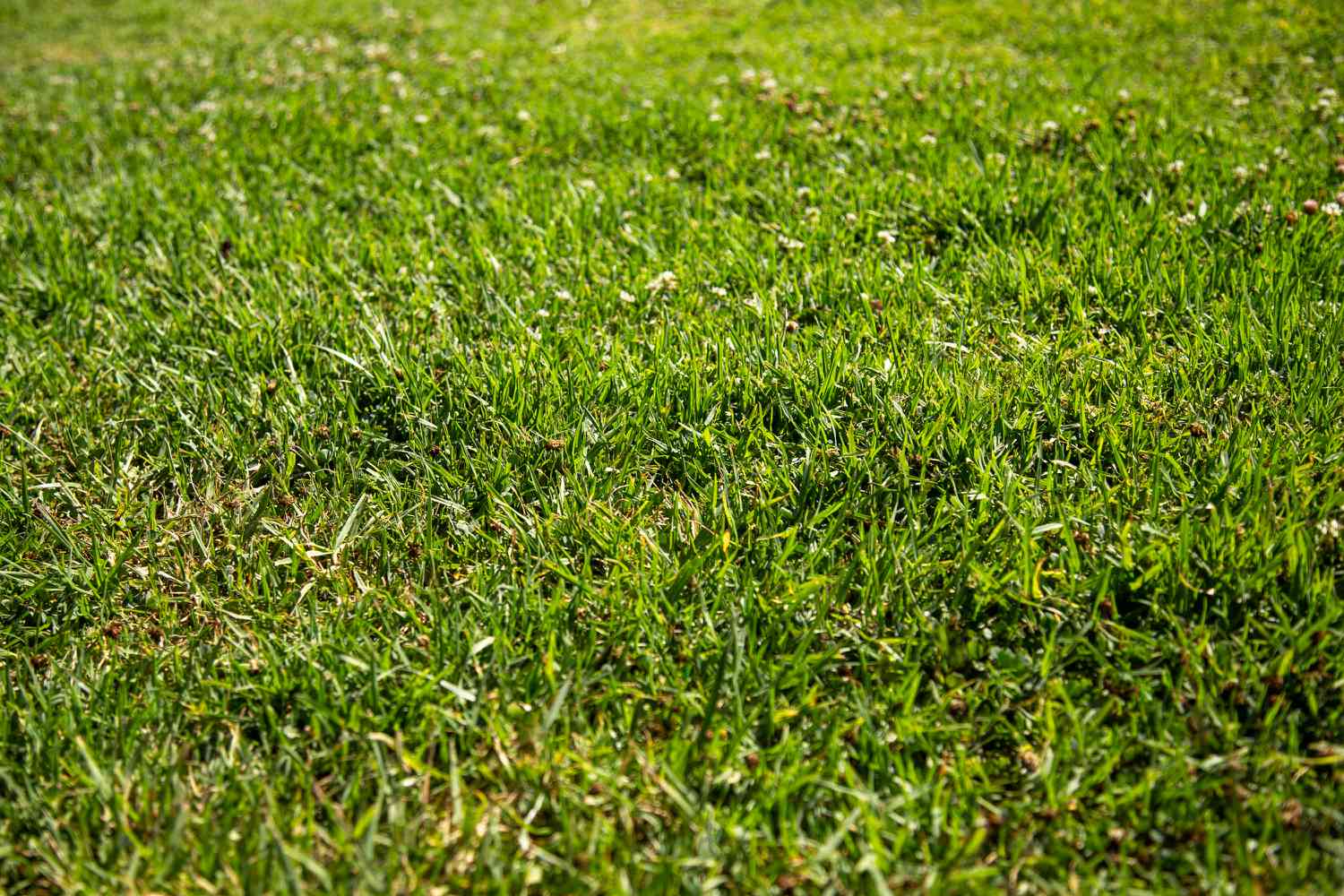
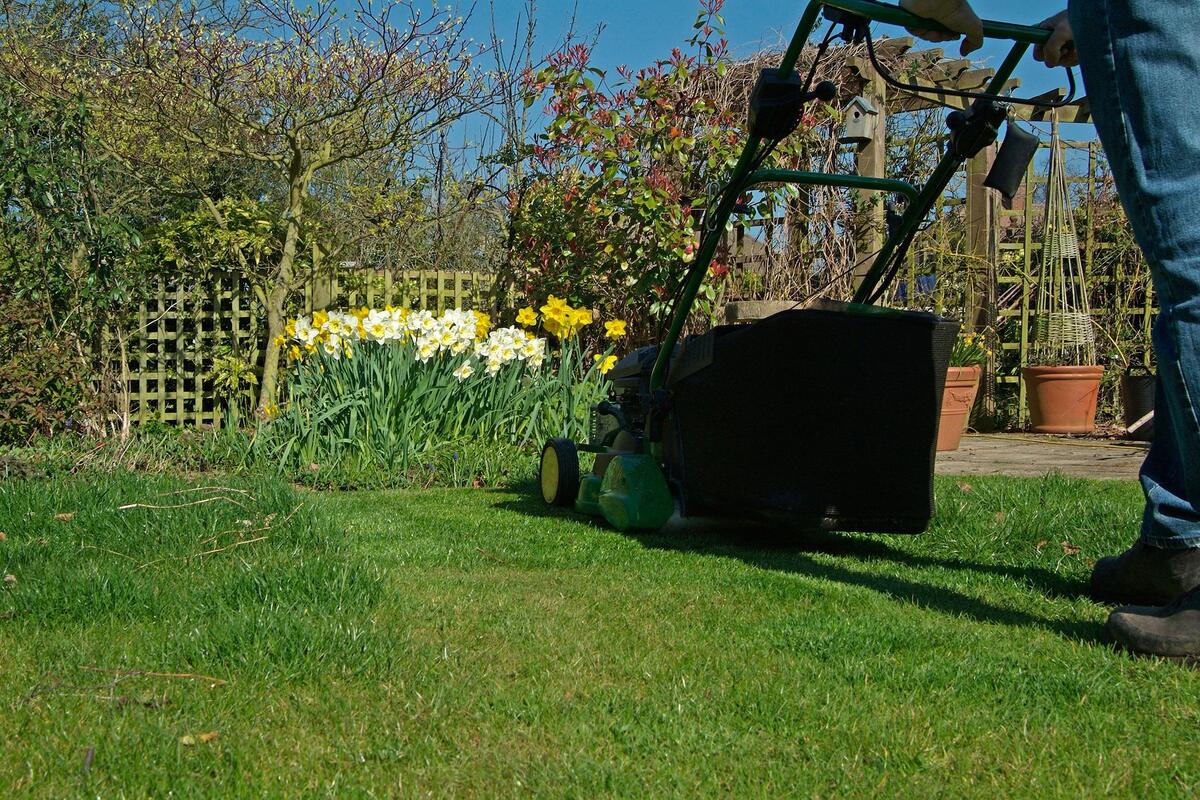
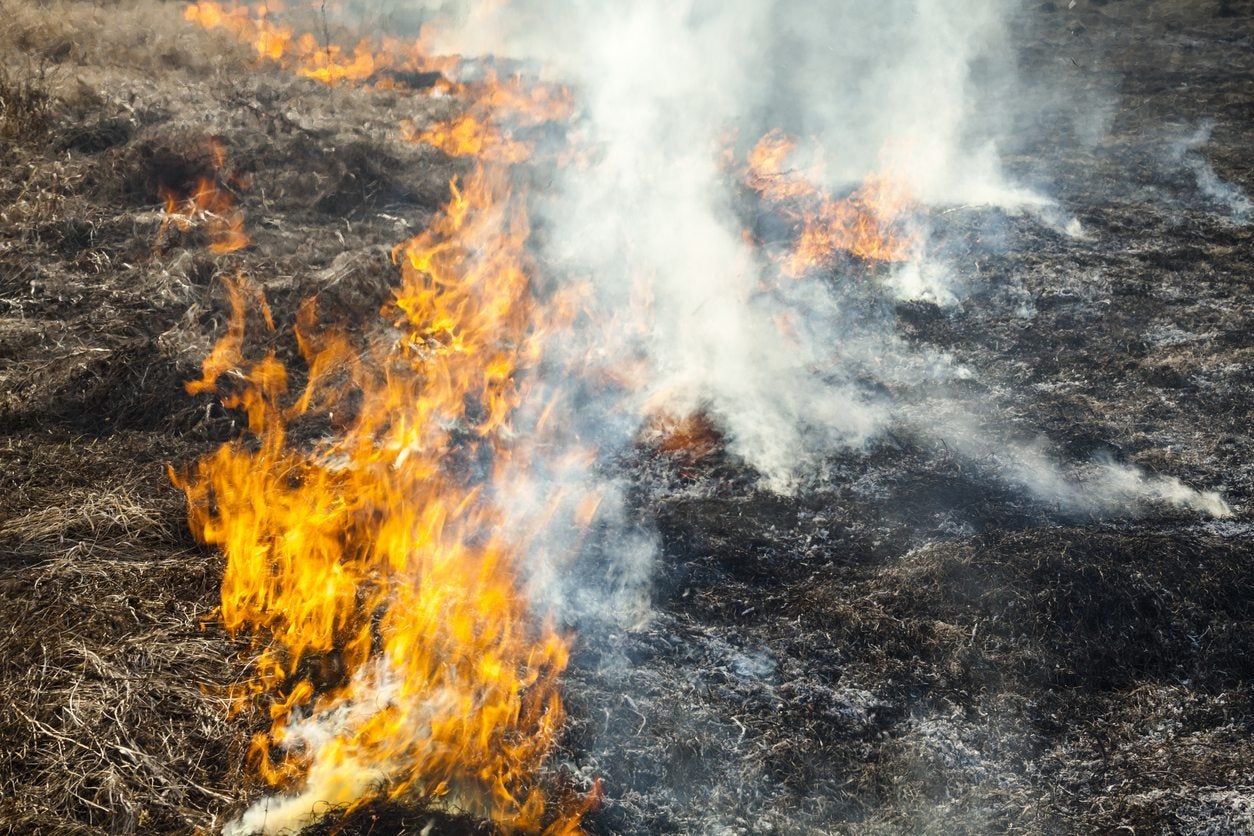

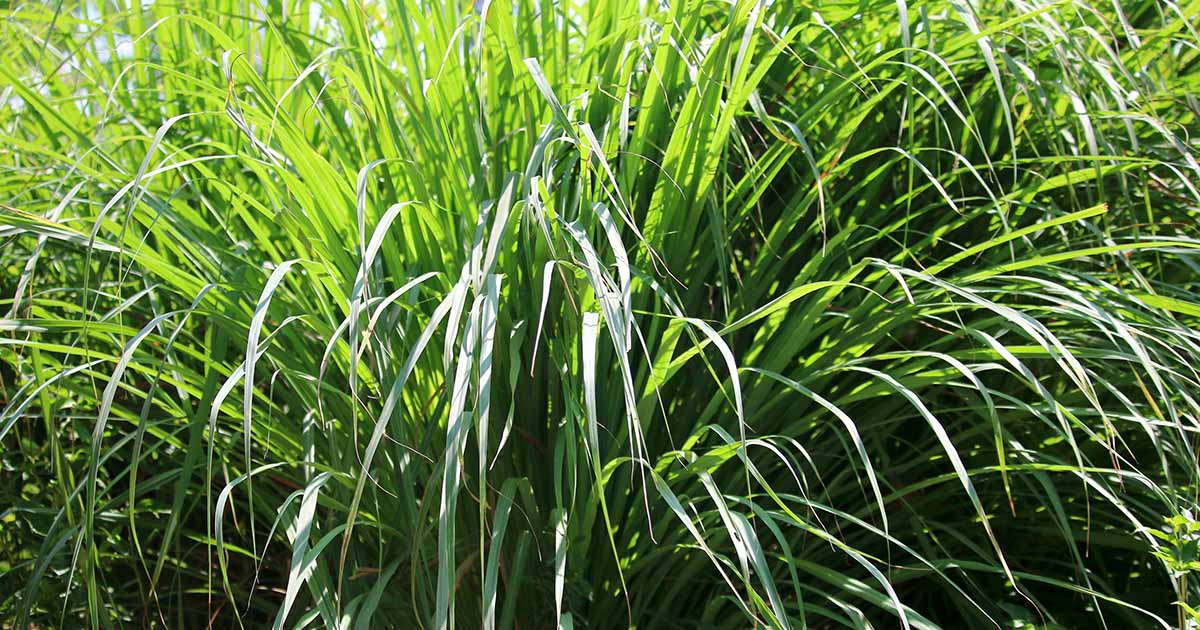
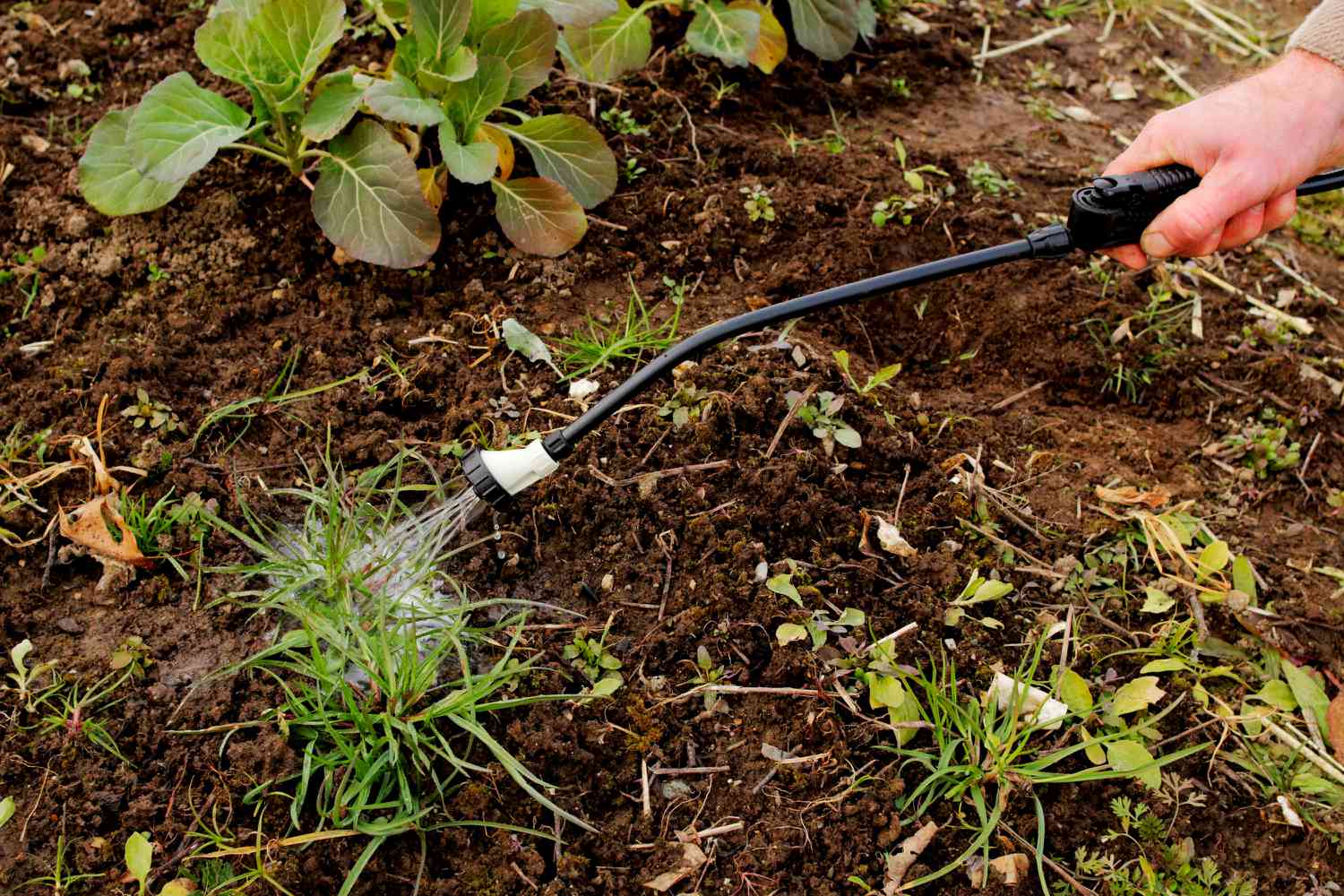
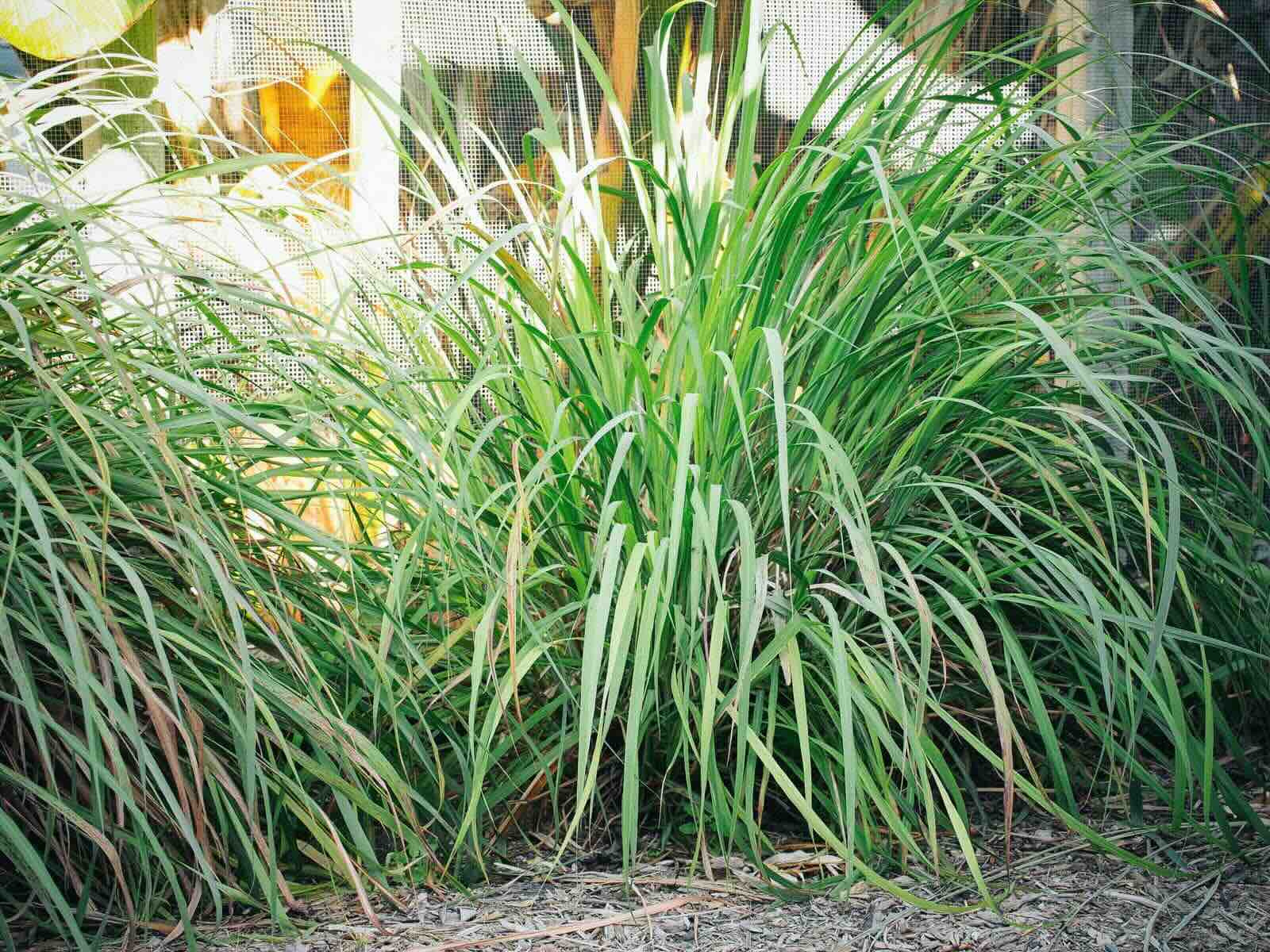
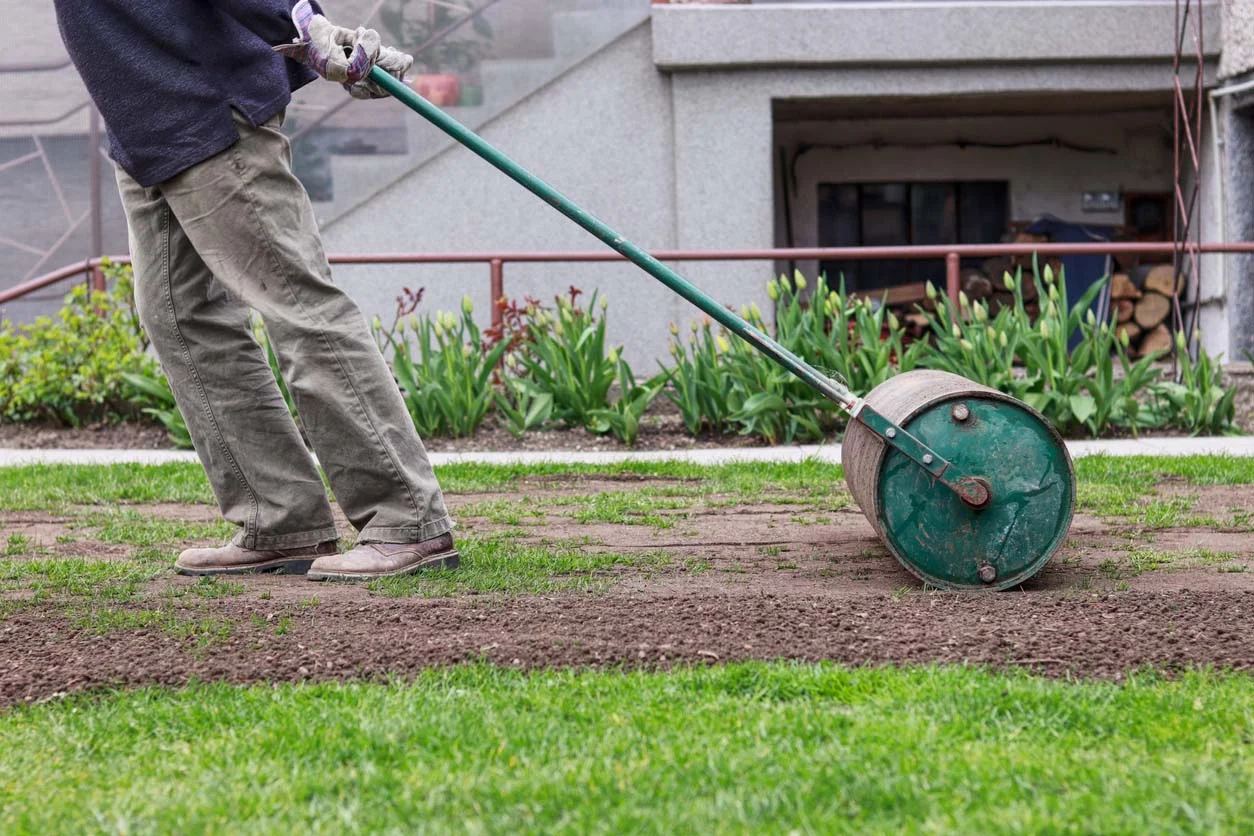
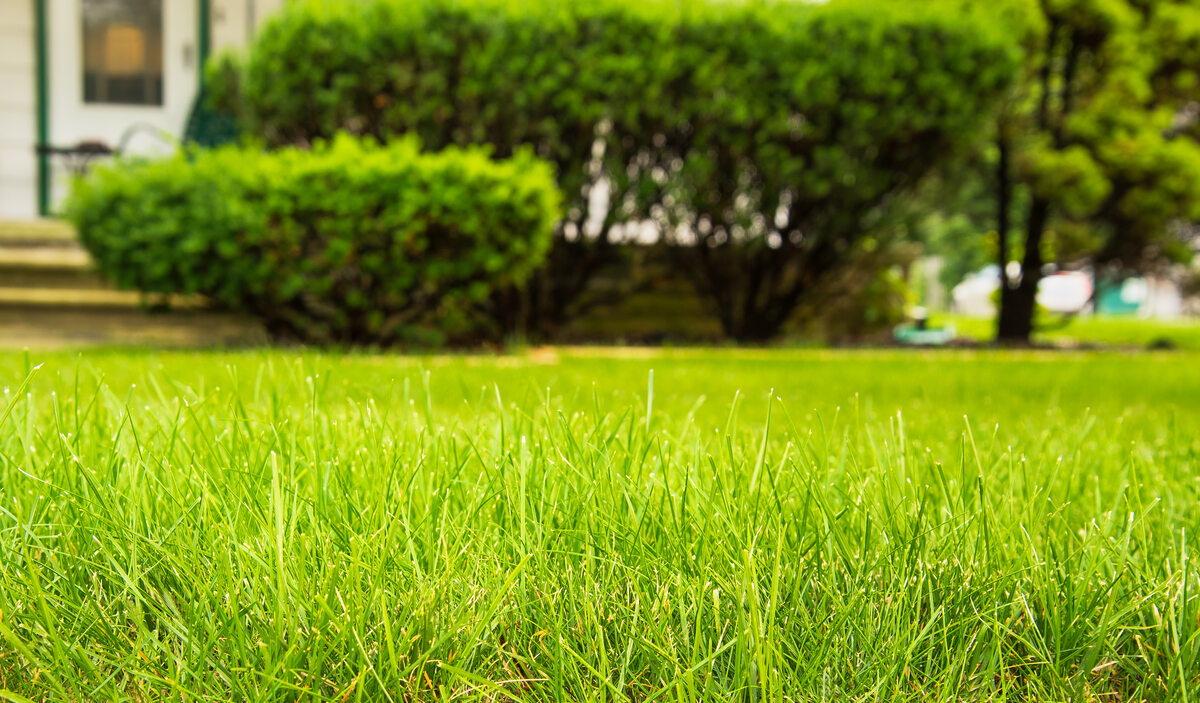
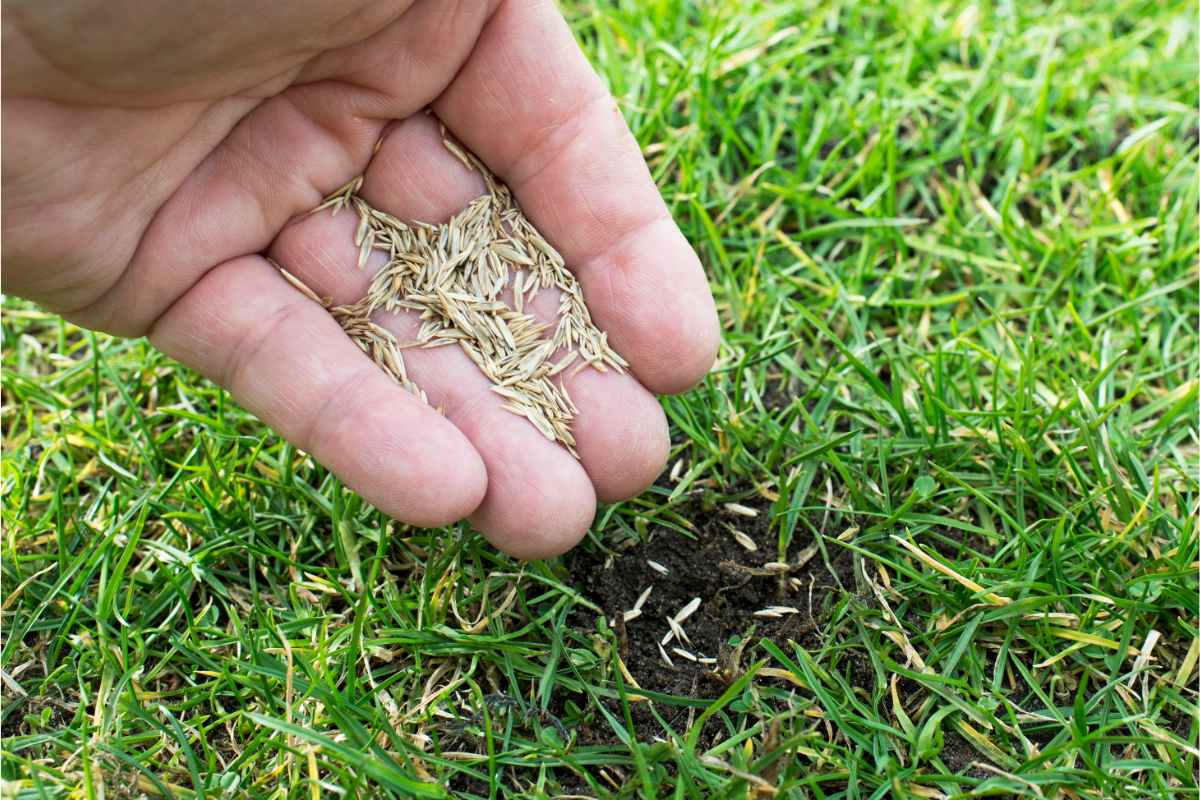


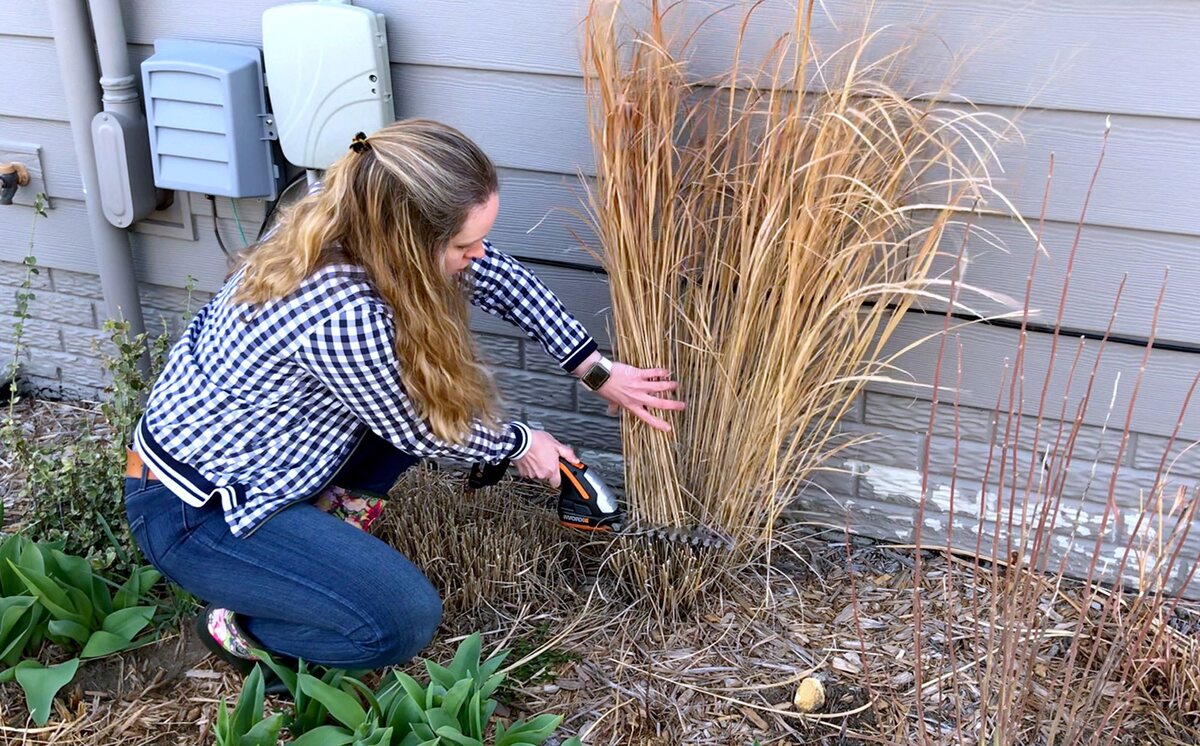
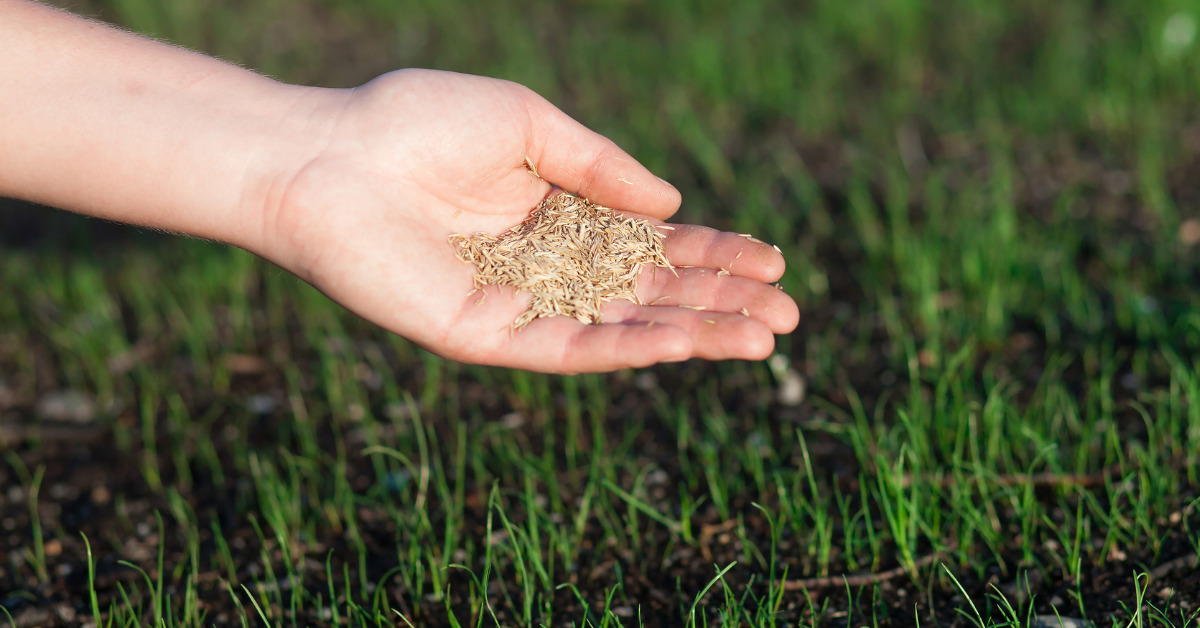

0 thoughts on “How To Dethatch Grass”